#Victor Heerman
Text
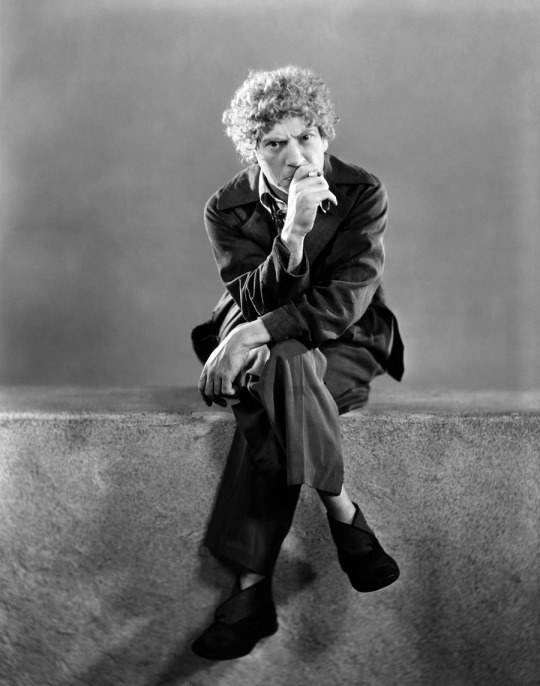
HARPO MARX in ANIMAL CRACKERS -1930-, directed by VICTOR HEERMAN
36 notes
·
View notes
Text

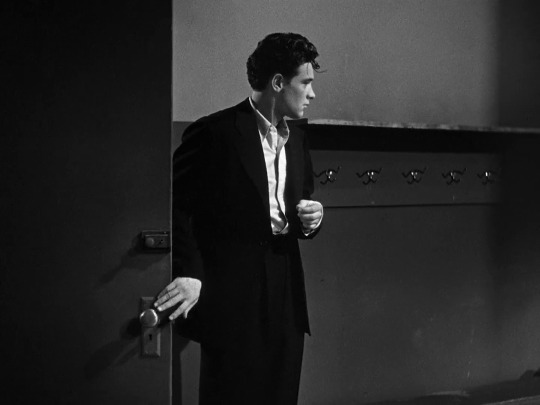
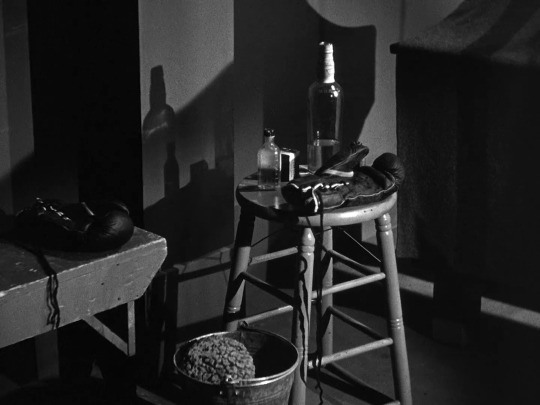
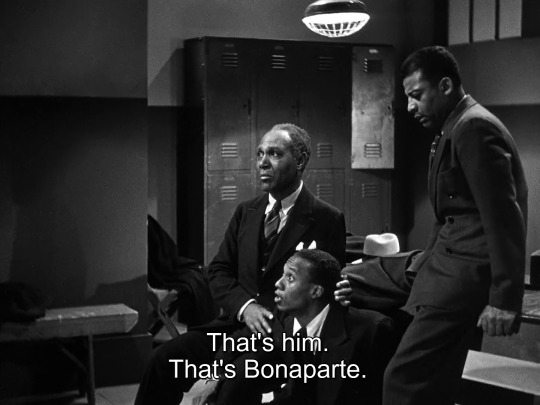

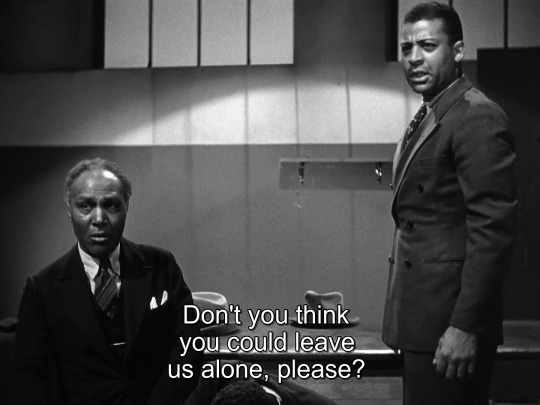
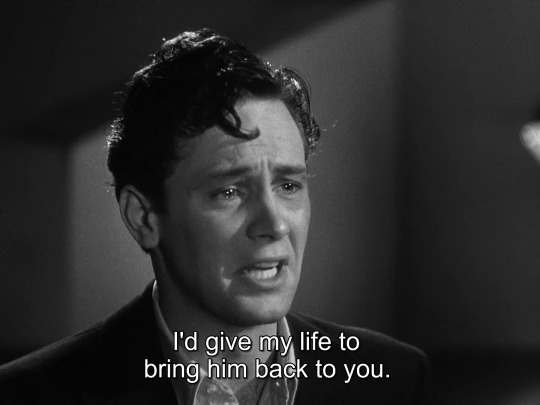


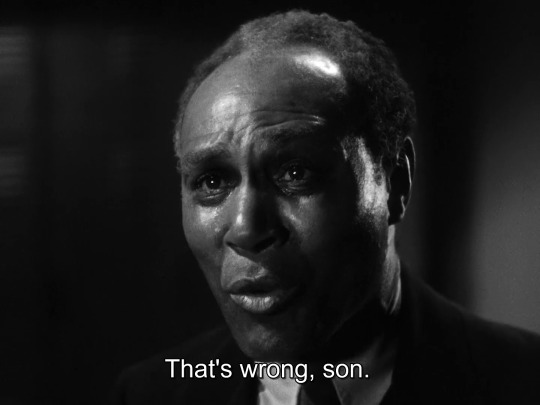
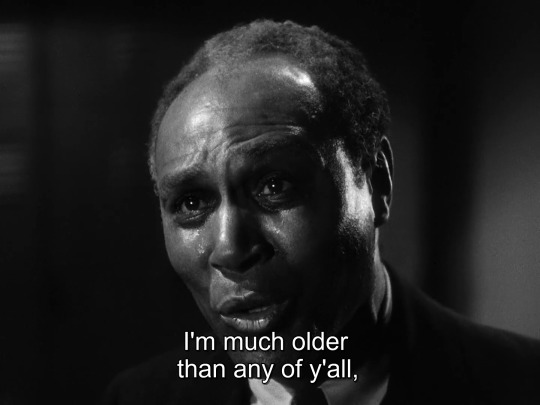
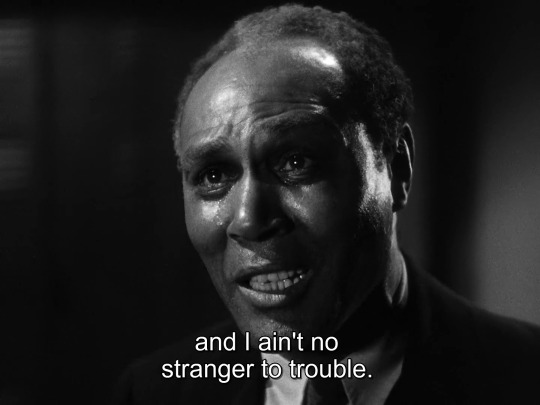
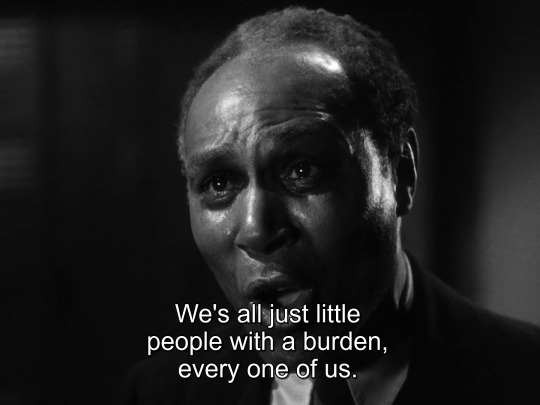

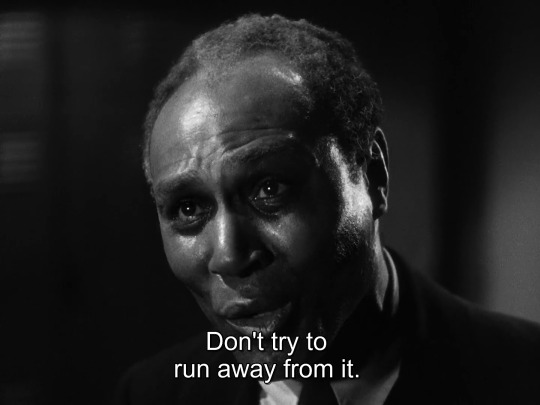

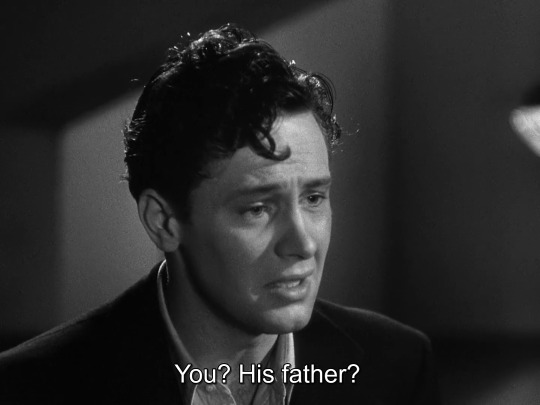
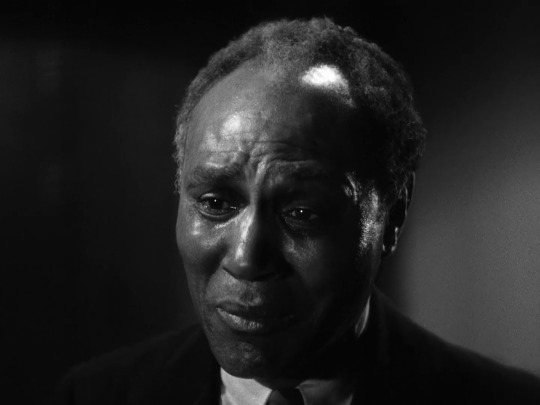
Golden Boy (Rouben Mamoulian, 1939).
#golden boy#golden boy (1939)#rouben mamoulian#william holden#Lewis Meltzer#Daniel Taradash#Sarah Y. Mason#Victor Heerman#Clifford Odets#Karl Freund#Nicholas Musuraca#Otto Meyer#Lionel Banks#Robert Kalloch
21 notes
·
View notes
Text


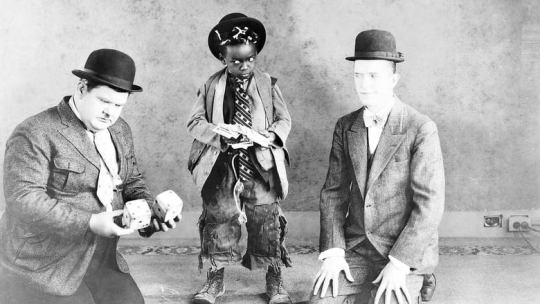
The Stolen Jewels (The Slippery Pearls) (1931) Harold S. Bucquet, William C. McGann, Victor Heerman, Thomas Atkins, Russell Mack and John G. Adolfi
April 15th 2024
#the stolen jools#the slippery pearls#1931#harold s.bucquet#william c. mcgann#victor heerman#thomas atkins#russell mack#john g. adolfi#wallace beery#buster keaton#edward g. robinson#norma shearer#hedda hopper#joan crawford#irene dunne#eugene pallette#gary cooper#douglas fairbanks jr.#loretta young#short#pre-code#PreCodeApril
10 notes
·
View notes
Text
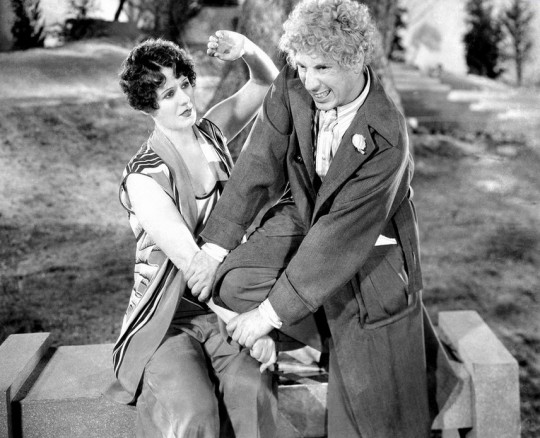
Margaret Irving-Groucho Marx "El conflicto de los hermanos Marx" (Animal crackers) 1930, de Victor Heerman.
28 notes
·
View notes
Text

Seen (again) in 2023:
Animal Crackers (Victor Heerman), 1930
Pardon me while I have a "Strange interlude" . . .
#films#movies#stills#Animal Crackers#Victor Heerman#Groucho Marx#The Marx Brothers#Margaret Dumont#1930s#pre-Code#Hollywood#seen in 2023#strange interludes
7 notes
·
View notes
Text






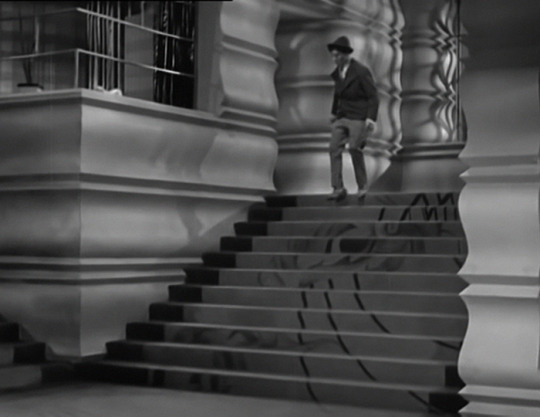



Animal Crackers
Victor Heerman
USA, 1930
★★★
4 notes
·
View notes
Photo

Die Marx Brothers bringen ein wenig Chaos und Abenteuer in das Leben der vornehmen Gesellschaftsdame Mrs. Rittenhouse.
#Animal Crackers#Marx Bros.#Groucho Marx#Chico Marx#Harpo Marx#Zeppo Marx#Margaret Dumont#Lilan Roth#Film gesehen#Victor Heerman
2 notes
·
View notes
Text





Posters included so nobody gets confused about which adaptation of Little Women they're voting for
Top two vote-getters will move on to the next round. See pinned post for all groups!
#best best adapted screenplay tournament#best adapted screenplay#oscars#academy awards#a beautiful mind#akiva goldsman#sylvia nasar#little women#victor heerman#sara y. mason#lousia may alcott#the exorcist#william peter blatty#driving miss daisy#alfred uhry#it happened one night#robert riskin#samuel hopkins adams#poll#bracket tournament#polls#brackets
1 note
·
View note
Note
what's the best order for the movies?
sure thing buddy!
A Night at the Opera (1935) dir. Sam Wood
Animal Crackers (1930) dir. Victor Heerman
Duck Soup (1933) dir. Leo McCarey
The Big Store (1941) dir. Charles Reisner
Marx Brothers Go West (1940) dir. Edward Buzzell
House of 1000 Corpses (2003) dir. Rob Zombie
The Devils Rejects (2005) dir. Rob Zombie
Three from Hell (2019) dir. Rob Zombie
#I ACTUALLY HAVE NO IDEA WHAT MOVIES YOURE TALKING ABOUT LMFAOOOO#these are the only movies that matter#hmu if you actually watch them#marx brothers#marx bros#house of 1000 corpses#corpses#asks
9 notes
·
View notes
Text
"Little Women" Posthumous Reunion: Final Resting Places of the People Behind the Novel and Its Adaptations
As a fan of the YouTube channel Hollywood Graveyard and the "Posthumous Reunion" pages on FindAGrave.com, I thought I would make a similar tribute to the people behind Little Women and its best-known screen adaptations. This is a guide to the burial sites (if they exist) of all the adaptations' leading actors and creative team members who have died, as well as those of the Alcott family and their friends, for anyone who hopes to visit them someday.
@littlewomenpodcast, @joandfriedrich, @thatscarletflycatcher
Arlington National Cemetery – Arlington, Virginia, USA
John Davis Lodge (John Brooke, 1933 film)
Cementerio de Benalmádena – Benalmádena, Spain
Paul Lukas (Friedrich Bhaer, 1933 film)
Ceder Hill Cemetery – Hartford, Connecticut, USA
Katharine Hepburn (Jo, 1933 film)
Cimitero Flaminio – Rome, Italy
Rossano Brazzi (Friedrich Bhaer, 1949 film)
Cimitiére Communal de Montrouge – Montrouge, France
May Alcott Nieriker (real-life Amy) (site unknown)
Forest Lawn Memorial Park, Glendale – Glendale, California, USA
Edna May Oliver (Aunt March, 1933 film)
June Allyson (Jo, 1949 film)
Elizabeth Taylor (Amy, 1949 film)
Robert Young (Mr. Laurence, 1978 miniseries)
George Cukor (director, 1933 film)
Mervyn LeRoy (director/producer, 1949 film)
Max Steiner (music, 1933 and 1949 films)
Adolph Deutsch (music, 1949 film)
Forest Lawn Memorial Park, Hollywood Hills – Los Angeles, California, USA
Jean Parker (Beth, 1933 film)
Leon Ames (Mr. March, 1949 film)
Holy Cross Cemetery – Culver City, California, USA
Mary Astor (Marmee, 1949 film)
Inglewood Park Cemetery – Inglewood, California, USA
Samuel S. Hinds (Mr. March, 1933 film)
Kensico Cemetery – Valhalla, New York, USA
Henry Stephenson (Mr. Laurence, 1933 film)
Mortlake Crematorium – Richmond, Greater London, England
Pat Nye (Hannah, 1970 miniseries)
Mount Hope Cemetery – Hastings-on-Hudson, New York, USA
Lucile Watson (Aunt March, 1949 film)
Oak Hill Cemetery – Lawrence, Kansas, USA
Alf Whitman (real-life Laurie)
Pleasant View Cemetery – Lyme, Connecticut, USA
Joan Bennett (Amy, 1933 film)
Savannah Cemetery – Savannah, Tennessee, USA
Elizabeth Patterson (Hannah, 1949 film)
Shiloh Cemetery – Shiloh, Illinois, USA
Mary Wickes (Aunt March, 1994 film)
Sleepy Hollow Cemetery – Concord, Massachusetts, USA
Louisa May Alcott (author and real-life Jo)
Abigail May Alcott (real-life Marmee)
Amos Bronson Alcott (real-life Mr. March)
Anna Alcott Pratt (real-life Meg)
John Bridge Pratt (real-life John Brooke)
Elizabeth Sewall Alcott (real-life Beth)
Henry David Thoreau (possible real-life Friedrich Bhaer)
Sparkman Hillcrest Memorial Park – Dallas, Texas, USA
Greer Garson (Aunt March, 1978 miniseries)
St. Leonard’s Churchyard – Hove, East Sussex, England
C. Aubrey Smith (Mr. Laurence, 1949 film)
Valhalla Memorial Park – North Hollywood, California, USA
Mabel Colcord (Hannah, 1933 film)
Westwood Village Memorial Park – Los Angeles, California, USA
Janet Leigh (Meg, 1949 film)
Cremated, Ashes Held Privately or Scattered
Frances Dee (Meg, 1933 film)
Douglass Montgomery (Laurie, 1933 film)
Peter Lawford (Laurie, 1949 film)
Patrick Troughton (Mr. March, 1970 miniseries)
Jean Anderson (Aunt March, 1970 miniseries)
Dorothy McGuire (Marmee, 1978 miniseries)
Richard Gilliland (Laurie, 1978 miniseries)
William Schallert (Mr. March, 1978 miniseries)
Virginia Gregg (Hannah, 1978 miniseries)
Angela Lansbury (Aunt March, 2017 miniseries)
Michael Gambon (Mr. Laurence, 2017 miniseries)
Sarah Y. Mason (screenwriter, 1933 and 1949 films)
Victor Heerman (screenwriter, 1933 and 1949 films)
Merian C. Cooper (producer, 1933 film)
Donated to Medical Science
Spring Byington (Marmee, 1933 film)
Unknown (Not Made Public or No Information Online)
Ladislas Wisniewski (real-life Laurie)
Richard Stapley (John Brooke, 1949 film)
Stephanie Bidmead (Marmee, 1970 miniseries)
Frederick Jaeger (Friedrich Bhaer, 1970 miniseries)
John Welsh (Mr. Laurence, 1970 miniseries)
John Neville (Mr. Laurence, 1994 film)
David Hempstead (screenwriter, 1933 film)
Elmer Bernstein (music, 1978 miniseries)
#little women#find a grave#actors#actresses#creative team#louisa may alcott#alcott family#graves#burial#cremation#tw: death
6 notes
·
View notes
Photo
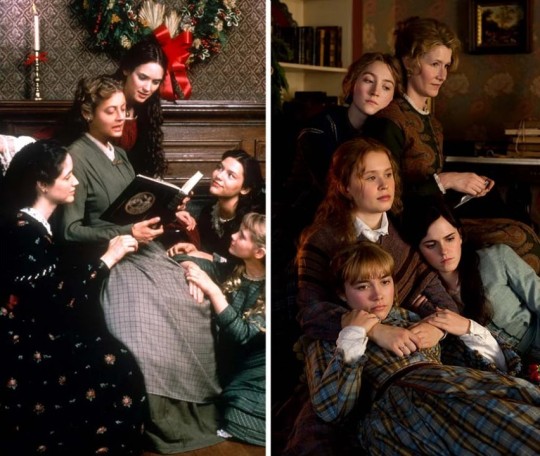
[image description]
Two images next to each other. On the left the characters Jo, Meg, Beth and Amy being read to by their mother Marmie in a Christmas setting. On the right, Jo, Beth, Meg and Amy gathered around their mother Marmie all looking into different directions.
One question listeners: are you a Jo, Amy, Beth, or Meg? This episode, we’re discussing characters in the 1994 and 2019 versions of Little Women, and diving deep into subtextual readings and fan interpretations.
We’ll discuss disability, autistic, and queer readings, and try to answer our question: is Little Women a ‘story for every generation’, and why is it so popular?
To listen, just head to the link in our bio, or find us wherever you find podcasts 🎧
[headphones emoji]
https://spotifyanchor-web.app.link/e/Dcu52sHYLzb
🍂🍁📚🎄🍃🌳❄️☃️📜✍️🪶
[falling autumn leaves emoji; leaf emoji; stack of books emoji; Christmas tree emoji; falling green leaves emoji; tree emoji; snowflake emoji; snowman emoji; scroll emoji; handwriting emoji; feather emoji]
📝 Shownotes: 📝
📼 Preread text (Rowan Ellis, https://youtu.be/SMFll3aIbmo)
Primary Sources:
📚 “Little Women” (1868, 1869) by Louisa May Alcott
🎞️ “Little Women” (1933) (dir. George Cukor, 📜 Sarah Y. Mason and Victor Heerman)
🎞️ “Little Women” (1949) (dir. Mervyn LeRoy, 📜 Andrew Solt, Sarah Y. Mason, Victor Heerman)
🎞️ “Little Women” (1994) (dir. Gillian Armstrong, 📜 Robin Swicord)
🎞️ “Little Women” (2019) (dir. + 📜 Greta Gerwig) (https://variety.com/wp-content/uploads/2019/12/little-women-by-greta-gerwig.pdf)
📺 “Little Women” (2017) (dir. Vanessa Caswill, 📜 Heidi Thomas) (Masterpiece: PBS)
Secondary Sources:
📰 “Life Magazine: Little Women: A Story for Every Generation” (Meredith Corp., 2020)
📜 ‘Everything depend[s] on the fashion of narration’: Women Writing Women Writers in Short Stories of the Fin-de-Siècle (Bryony Randall)
📜 “The New ‘Little Women’ Makes Space For Jo’s Queerness” (Shannon Keating) (https://www.buzzfeednews.com/article/shannonkeating/little-women-greta-gerwig-saoirse-ronan-jo-march-queer)
📜 “The New Little Women Basically Proves Jo March is Queer” (Michelle Hyun Kim) (https://www.them.us/story/little-women-greta-gerwig-jo-march-queer)
📜 Amatonormativity (https://medium.com/the-science-scholar/opinion-amatonormativity-the-damaging-pedestal-of-romantic-love-d70cc0585b0f)
📜 “The Real Reason Hairspray Was Banned On The Little Women Set” (Avery Stone) (https://www.refinery29.com/en-us/2019/12/9114384/little-women-movie-hair-makeup-interview)
📼 “Little Women: Laurie & Jo” (https://youtu.be/osdVRusNGgg)
🎞️ “Divergent” (2014) (dir. Neil Burger, 📜 Evan Daugherty, Vanessa Taylor)
📼 “Greta Gerwig, Representation, and the Universal Girl” (https://youtu.be/0p-cBSqIDbQ)
📼 “Why Neurodivergent People Relate to Jo March” (https://youtu.be/x-j5XK1wpyo)
📱Social Media Handles📱:
IG: https://www.instagram.com/liliannapod/
Twitter: https://twitter.com/liliannapod
Tumblr: https://www.tumblr.com/blog/liliannasprereadmediathek
🎹 Intro Music 🎹:
"Wall" by Jahzaar, licenced under Attribution-ShareAlike 4.0 International (CC BY-SA 4.0)
🎹 Outro Music 🎹:
“Waterbeat” by DJ Lengua, licenced under Attribution 3.0 Unported (CC BY 3.0)
🎹 Transition Music 🎹:
“Pencil” by zakkolar - Pixabay
“Fireplace Fire Crackling - Loop” by SoundsForYou - Pixabay
“Sleigh Bells fast” by jcdecha - Pixabay
“Tambourine christmas sound effect 25” by beetpro - Pixabay
“Footsteps in the snow, шаги в парке,” by SSPsurvival - Pixabay
#LittleWomen #LouisaMayAlcott #JoMarch #AmyMarch #BethMarch #MegMarch #Laurie #GretaGerwig #SaoirseRonan #EmmaWatson #FlorencePugh #ElizaScanlen #LauraDern #TimothéeChalamet #BobOdenkirk #MerylStreep #GillianArmstrong #SusanSarandon #WinonaRyder #KirstenDunst #ClaireDanes #ChristianBale #AdaptationTheory #MoviePodcast #podcast #queer #FeministPodcast #QueerPodcast #LiliAnnasPrereadMediathek #LiliAnnaPod
#trans #ace #DisabledRepresentation #DisabledRep #disability #disabled
10 notes
·
View notes
Text
"LITTLE WOMEN" (1949) Review
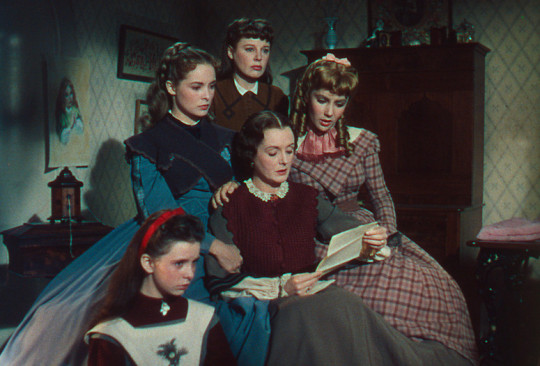
"LITTLE WOMEN" (1949) Review
Louisa May Alcott's 1868 novel is a bit of a conundrum for me. I have never been a fan of the novel. I have read it once, but it failed to maintain my interest. Worse, I have never had the urge to read it again. The problem is that it is that sentimental family dramas - at least in print - has never been appealing to me. And this is why I find it perplexing that I have never had any problems watching any of the film or television adaptations of her novel.
One of those adaptations proved to be Metro-Goldwyn-Mayer's 1949 adaptation, which was produced and directed by Mervyn LeRoy. It is hard to believe that the same man who had directed such hard-biting films like "LITTLE CAESAR", "I AM A FUGITIVE FROM A CHAIN GANG" and "THEY WON'T FORGET", was the artistic force behind this sentimental comedy-drama. Or perhaps MGM studio boss, Louis B. Meyer, was the real force. The studio boss preferred sentimental dramas, comedies and musicals. Due to this preference, he was always in constant conflict with the new production chief, Dore Schary, who preferred more realistic and hard-biting movies. Then you had David O. Selznick, who wanted to remake his 1933 adaptation of Alcott's novel. One can assume (or not) that in the end, Meyer had his way.
"LITTLE WOMEN", as many know, told the experiences of the four March sisters of Concord, Massachusetts during and after the U.S. Civil War. The second daughter, Josephine (Jo) March, is the main character and the story focuses on her relationships with her three other sisters, the elders in her family - namely her mother Mrs. March ("Marmee") and Aunt March, and the family's next-door neighbor, Mr. Laurence. For Jo, the story becomes a "coming-of-age" story, due to her relationships with Mr. Laurence's good-looking grandson, Theodore ("Laurie") and a German immigrant she meets in New York City after the war, the equally good-looking and much older Professor Bhaer. Jo and her sisters deal with the anxiety of their father fighting in the Civil War, genteel poverty, scarlet fever, and the scary prospect of oldest sister Meg falling in love with Laurie's tutor.
Despite my disinterest in Alcott's novel, I have always liked the screen adaptations I have seen so far - including this film. Due to the casting of Margaret O'Brien as the mild-mannered Beth, her character became the youngest sister, instead of Amy. Screenwriters Sally Benson, Victor Heerman, Sarah Y. Mason and Andrew Solt made other changes and they left out some of Alcott's memorable plot points from the novel's narrative. But these changes, however regretful a few of them were (namely Jo and Amy's conflict over the former's manuscript) did not have any real impact on Alcott's original story. Ironically, both Victor Heerman and Sarah Y. Mason wrote the screenplay for Selznick's 1933 film. This should not be surprising, considering that this adaptation bears a strong similarity to the earlier version. I thought Mervyn LeRoy's direction injected a good deal of energy into a tale that could have easily bored me senseless. In fact, MGM probably should have thank its lucky stars that LeRoy had served as producer and director.
As much as I admired LeRoy's direction of this film, I must admit there was a point in the story - especially in the third act - in which the pacing threatened to drag a bit. My only other problem with "LITTLE WOMEN" is that I never really got the impression that this film was set during the 1860s, despite its emphasis on costumes and the fact that the March patriarch was fighting the Civil War. Some might say that since "LITTLE WOMEN" was set in the North - New England, as a matter of fact - it is only natural that the movie struggled with its 1860s setting. But I have seen other Civil War era films set in the North - including the 1994 version of "LITTLE WOMEN" - that managed to project a strong emphasis of that period. And the production values for this adaptation of Alcott's novel seemed more like a generic 19th century period drama, instead of a movie set during a particular decade. It is ironic that I would make such a complaint, considering that the set decoration team led by Cedric Gibbons won Academy Awards for Best Art Direction.
I certainly had no problems with the cast selected for this movie. Jo March seemed a far cry from the roles for which June Allyson was known - you know, the usual "sweet, girl-next-door" type. I will admit that at the age of 31 or 32, Allyson was probably too young for the role of Jo March. But she did such a phenomenon job in recapturing Jo's extroverted nature and insecurities that I found the issue of her age irrelevant. Peter Lawford, who was her co-star in the 1947 musical, "GOOD NEWS", gave a very charming, yet complex performance as Jo's next door neighbor and friend, Theodore "Laurie" Laurence. Beneath the sweet charm, Lawford did an excellent job in revealing Laurie's initial loneliness and infatuation of Jo. Margaret O'Brien gave one of her best on-screen performance as the March family's sickly sibling, Beth. Although the literary Beth was the third of four sisters, she is portrayed as the youngest, due to O'Brien's casting. And I feel that Le Roy and MGM made a wise choice, for O'Brien not only gave one of her best performances, I believe that she gave the best performance in the movie, overall.
Janet Leigh, who was a decade younger than Allyson, portrayed the oldest March sister, Meg. Yet, her performance made it easy for me to regard her character as older and more emotionally mature than Allyson's Jo. I thought she gave a well done, yet delicate performance as the one sister who seemed to bear the strongest resemblance to the sisters' mother. Elizabeth Taylor was very entertaining as the extroverted, yet shallow Amy. Actually, I have to commend Taylor for maintaining a balancing act between Amy's shallow personality and ability to be kind. The movie also featured solid performances from supporting cast members like Mary Astor (who portrayed the warm, yet steely Mrs. March), the very charming Rossano Brazzi, Richard Stapley, Lucile Watson, Leon Ames, Harry Davenport, and the always dependable C. Aubrey Smith, who died not long after the film's production.
Overall, "LITTLE WOMEN" is a charming, yet colorful adaptation of Louisa May Alcott's novel. I thought Mervyn LeRoy did an excellent job in infusing energy into a movie that could have easily sink to sheer boredom for me. And he was enabled by a first-rate cast led by June Allyson and Peter Lawford. Overall, "LITTLE WOMEN" managed to rise above my usual apathy toward Alcott's novel.
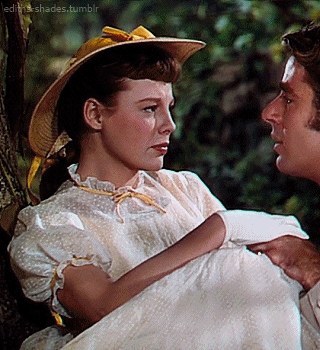
#little women#louisa may alcott#little women 1949#june allyson#janet leigh#elizabeth taylor#margaret o'brien#mary astor#peter lawford#leon ames#rossano brazzi#lucile watson#c. aubrey smith#elizabeth patterson#mervyn leroy#harry davenport#richard stapley#connie gilchrist#ellen corby#andrew solt#sarah y. mason#victor heerman#old hollywood#period drama#period dramas#costume drama
5 notes
·
View notes
Photo

Rock Hudson and Jane Wyman in Magnificent Obsession (Douglas Sirk, 1954)
Cast: Jane Wyman, Rock Hudson, Agnes Moorehead, Otto Kruger, Barbara Rush, Gregg Palmer, Paul Cavanaugh, Sara Shane, Richard H. Cutting, Judy Nugent, Helen Kleeb. Screenplay: Robert Blees, Wells Root, based on a novel by Lloyd C. Douglas and a screenplay by Sarah Y. Mason and Victor Heerman. Cinematography: Russell Metty. Art direction: Bernard Herzbrun, Emrich Nicholson. Film editing: Milton Carruth. Music: Frank Skinner.
Lloyd C. Douglas, Lutheran pastor turned novelist, was in some ways the anti-Ayn Rand. His Magnificent Obsession, published in 1929 and first filmed in 1935 with Irene Dunne and Robert Taylor directed by John M. Stahl, advocates a kind of "pay it forward" altruism, the obverse of Rand's laissez-faire individualism. Douglas preached a gospel of service to others with no expectation of rewards to oneself. Fortunately, director Douglas Sirk and screenwriters Robert Blees and Wells Root keep the preaching in the 1954 remake down to a minimum -- mostly confining it to the preachiest of the film's characters, the artist Edward Randolph (Otto Kruger), but also using it as an essential element in the development of the central character, Bob Merrick (Rock Hudson), in his transition from heel to hero. This was Hudson's first major dramatic role, the one that launched him from Universal contract player into stardom. Not coincidentally, it was the second of nine films he made with Sirk, movies that range from the negligible Taza, Son of Cochise (1954) to the near-great Written on the Wind (1956). More than anyone, perhaps, Sirk was responsible for turning Hudson from just a handsome hunk with a publicist-concocted screen name into a movie actor of distinct skill. In Magnificent Obsession he demonstrates that essential film-acting technique: letting thought and emotion show on the face. It's a more effective performance than that of his co-star, Jane Wyman, though she was the one who got an Oscar nomination for the movie. As Helen Phillips, whose miseries are brought upon her by Merrick (through no actual fault of his own), Wyman has little to do but suffer stoically and unfocus her eyes to play blind. Hudson has an actual character arc to follow, and he does it quite well -- though reportedly not without multiple takes of his scenes, as Sirk coached him into what he wanted. What Sirk wanted, apparently, is a lush, Technicolor melodrama that somehow manages to make sense -- Sirk's great gift as a director being an ability to take melodrama seriously. Magnificent Obsession, like most of Sirk's films during the 1950s, was underestimated at the time by serious critics, but has undergone reevaluation after feminist critics began asking why films that center on women's lives were being treated as somehow inferior to those about men's. It's not, I think, a great film by any real critical standards -- there's still a little too much preaching and too much angelic choiring on the soundtrack, and the premise that a blind woman assisted by a nurse (Agnes Moorehead) with bright orange hair could elude discovery for months despite widespread efforts to find them stretches credulity a little too far. But it's made and acted with such conviction that I found myself yielding to it anyway.
11 notes
·
View notes
Text

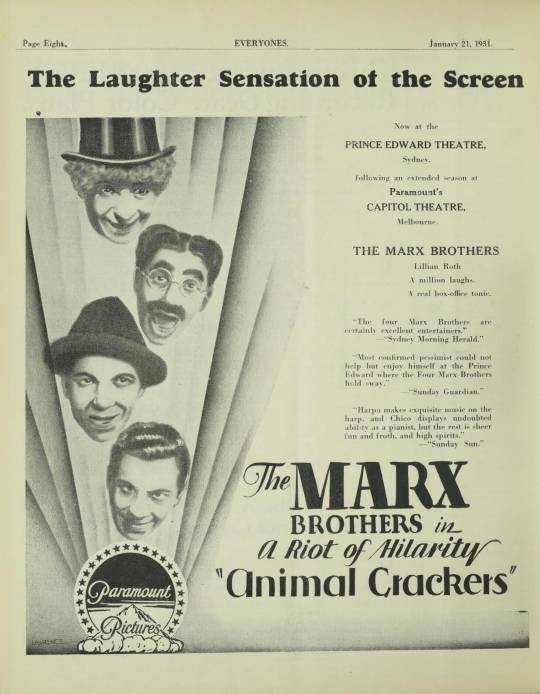
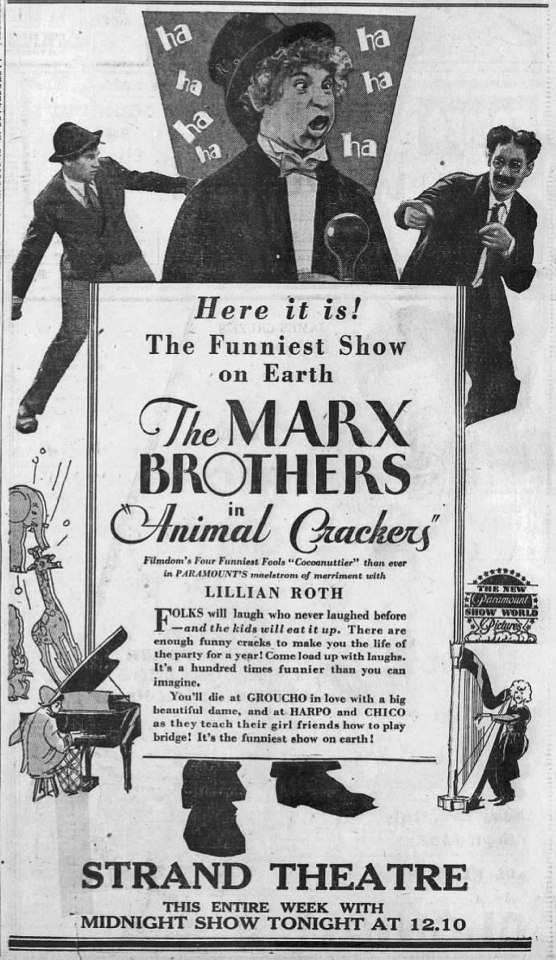
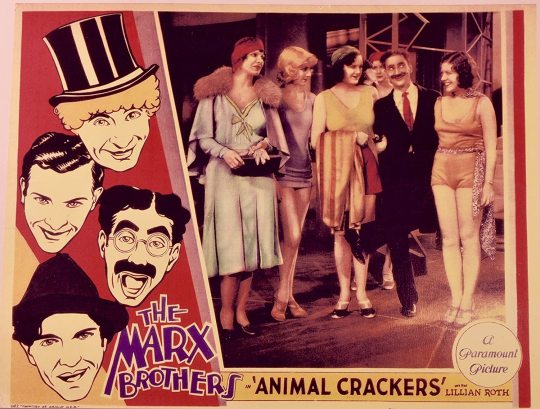
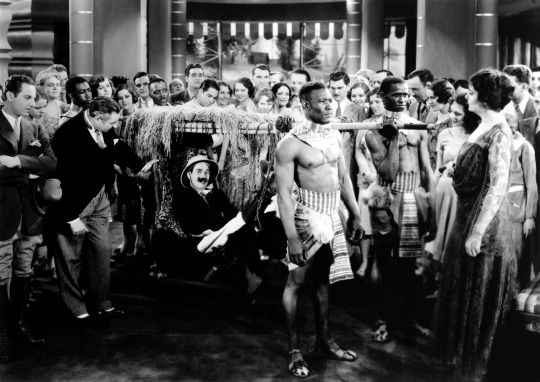

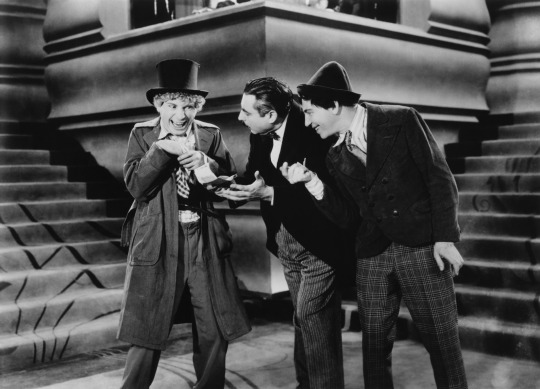
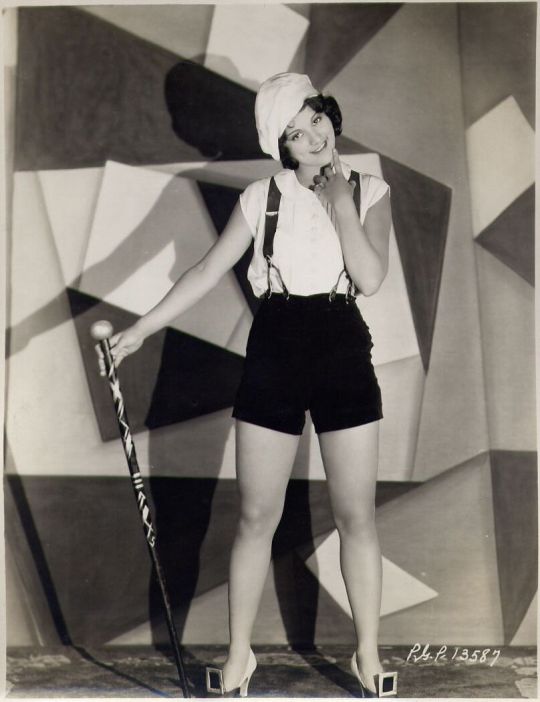
Animal Crackers (1930) Victor Heerman
April 20th 2024
#animal crackers#1930#victor heerman#groucho marx#harpo marx#chico marx#zeppo marx#lillian roth#margaret dumont#louis sorin#robert greig#hal thompson#margaret irving#marx brothers#pre-code#PreCodeApril
11 notes
·
View notes
Photo

#72: Little Women (1933, dir. by George Cukor)
#little women#movies of 2022#movie poster#lwathon#george cukor#you go girl pass that bechdel test#louisa may alcott#sarah y. mason#victor heerman#female screenwriters#women screenwriters
2 notes
·
View notes
